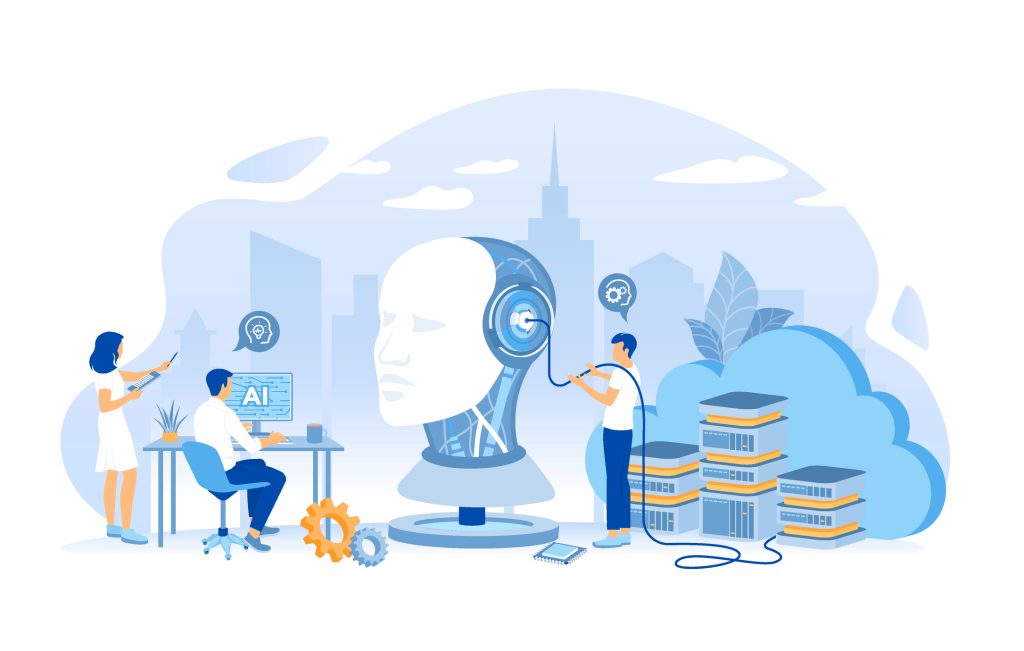I recently heard Angela Di Michele Lalor speak. She talked about the basic framework of her most recent publication, Making Curriculum Matter: How to Build SEL, Equity, and Other Priorities into Daily Instruction.
As a former educator, I breathed a sigh of relief for teachers everywhere as Lalor explained how her approach to improving curriculum does not mean adding yet another thing for teachers to teach. Instead, she recommends strategically implementing the elements of her program by viewing the curriculum through different lenses, focusing on embedding layers of understanding.
It was also reassuring that Lalor’s first element, which she calls practices, values the fundamentals of teaching, essentially, the core of education for centuries, giving students tools that can be applied to similar situations.
For example, one does not teach a William Shakespeare play without first knowing that the students have a certain skill set that includes working definitions of literary terms, a strong vocabulary, and a high reading level. These basic language skills set students up for success in understanding any text put in front of them.
The next element is deep thinking, which occurs when students apply, extend, or create knowledge. If reading Romeo & Juliet, a student may be asked: “Who is to blame for the star-crossed lovers’ tragic end?” Essential questions, overarching big ideas, and project-based learning all engage students by requiring them to critically view the task before them, asking students to analyze, evaluate, and create. These best practices have been around since I started teaching back in the 1990’s.
Relatively new concepts are Lalor’s last three elements: social and emotional learning, civic engagement and discourse, as well as equity. To apply these elements, teachers need to look at their curriculum with empathy in order to teach empathy, and this takes time to reflect on each student’s needs and then hunt for material to connect students to the core curriculum.
It is in that hunt where Copyright Clearance Center’s Annual Copyright License for Curriculum and Instruction would benefit teachers. This license would grant permissions for high-quality content, reducing search time and increasing time spent connecting directly to students.
An example of a real-life application: Shakespeare’s Othello lends itself well to discussion and self-reflection about jealousy. Our license contains publishers that have texts to assist with and support SEL topics like jealousy. Specifically, Free Spirit Publishing specializes in social-emotional learning. While an article from Science News or a chapter from a book published by Roman & Littlefield would give students text-based support when trying to convey their own feelings as well as analyze the feelings of the characters in the play.
To see Othello through the lens of civic engagement and discourse, students could read about different leadership types from publishers like the University of California Press, Boy Scouts of America, and Berrett Kohler. Then they could explore their own leadership style as well as the characters’. Students could even analyze the leadership style of a local politician by reading an article from a local newspaper, published by McClatchy or the Tribune Content Agency.
For the final element, equity, the animal imagery in Othello dehumanizes the title character and must be addressed. This tactic to justify treating a particular group of people as less than is pervasive throughout America’s dark history of slavery, continuing in the discriminating rhetoric of today. Another correlation can be made with Hitler’s treatment of Jewish people. These connections to slavery, Jim Crow Laws, Nazi Germany, and today can be found in excerpts from publishers like NPR, National Geographic, Associated Press, and The New Republic.
Angela Di Michele Lalor’s concept of building on the curriculum that is already in place demonstrates a respect for teachers and what is good about education. It also builds the notion that the students’ voices and needs are deserving of that same respect. And to make the construction of knowledge even easier, it would benefit educators to have an inventory of high-quality content. Currently, the Annual Copyright License for Curriculum and Instruction includes permissions for over a million titles from nearly sixty publishers. Those noted in this post are just a few.





